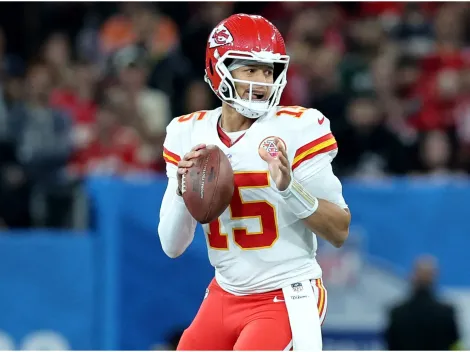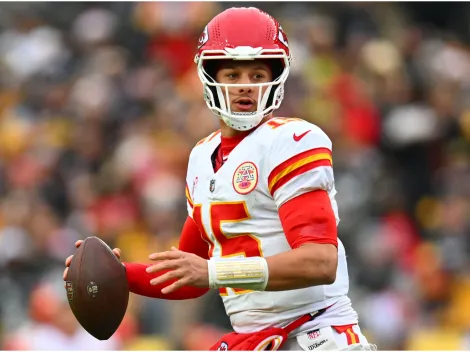Head, neck and spine injuries are probably the topicd that the NFL is more interested about. Lately, this theme has emerged again and there are lots of doubts regarding how doesConcussion Protocol worksto keep the players as safe as possible.
This topic has been in the news again due to the Miami Dolphins. In the 2022 NFL season, they were under the spotlight for not doing the Concussion Protocol in the right way with Tua Tagovailoa, their quarterback.
Miami’s QB is set to return in Week 7 after a two-game absence. But since the Dolphins were not able to do the Concussion Protocol in the right way, there are doubts of which is the protocol the team’s must follow to keep the player’s health safe.
How does Concussion Protocol works in the NFL?
Back in 2011, the NFL finally made a move for head, neck and spine injuries through the development of aConcussion Protocol and Return-to-Participation Protocol and here are the details of it.
According to NFL’s Player Health and Safety, when a player receives an impact to the head, the player goes into the Concussion Protocol if:
- The player exhibits or reports symptoms or signs suggestive of a concussion or stinger (a nerve pinch injury); or,
- The team Athletic Trainer, booth ATC spotter, team Physician, NFL game official, coach, teammate, sideline Unaffiliated Neurotrauma Consultant (UNC) or booth UNC initiates the protocol.
Then the player must be immediately removed to the sideline or stabilized on the field to undergo the concussion assessment. In 2018, they made the next improvements through the Head, Neck and Spine Committee:
- Added a third UNC who will monitor the broadcast video and audio feeds of each game from the spotters’ booth, and notify on-field UNCs of possible head, neck or spine injuries.
- Defined impact seizure and fencing responses as independent signs of potential loss of consciousness, representing “No-Go” criteria under the current Protocol. Players who display either of these signs at any time shall be removed from play and may not return to the game.
- Required an evaluation for all players demonstrating ataxia (abnormality of balance/stability, motor coordination, or dysfunctional speech) to determine the cause of the instability. If the team physician, in consultation with the sideline UNC, determines the instability to be neurologically caused, the player is designated a “No-Go” and may not return to play.
- Officials, teammates, and coaching staffs have been instructed to take an injured player directly to a member of the medical team for appropriate evaluation, including a concussion assessment, if warranted.
- Required all players who undergo any concussion evaluation on game day to have a follow-up evaluation conducted the following day by a member of the medical staff.





